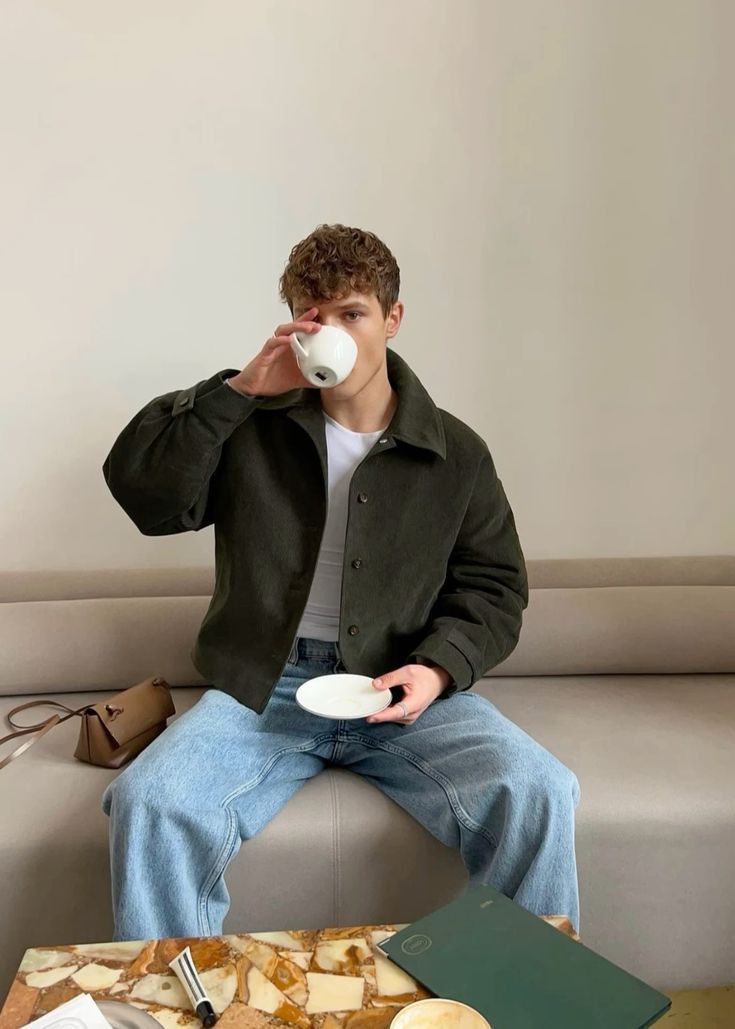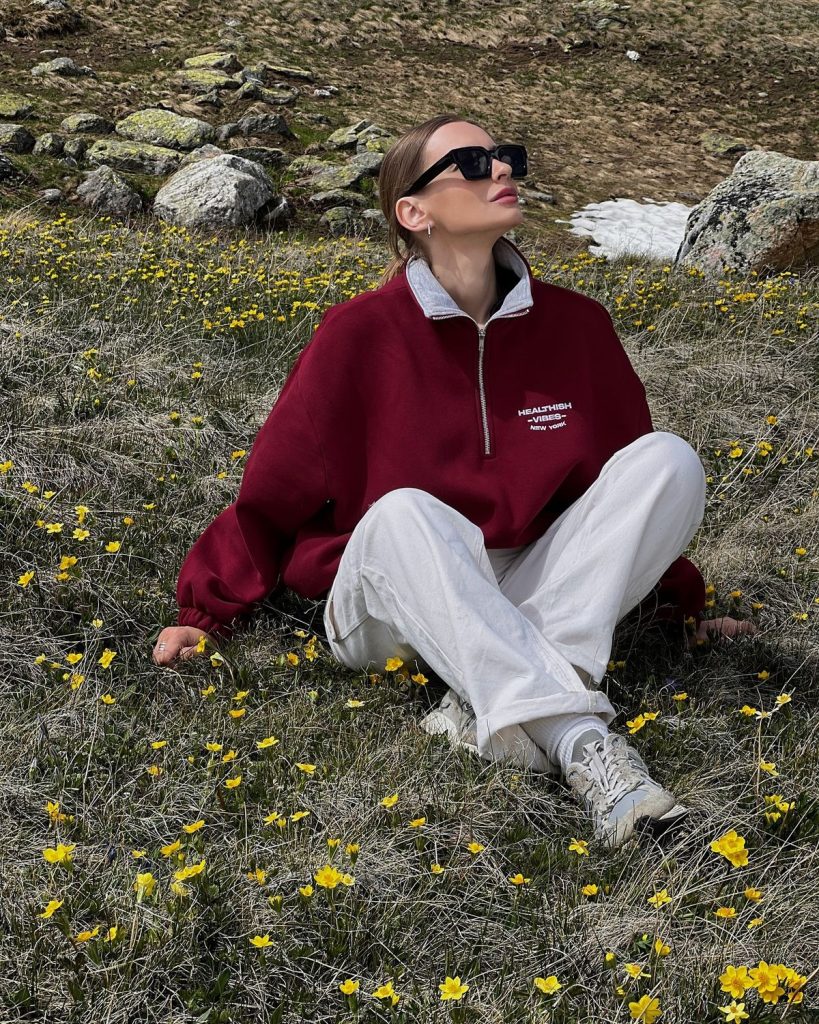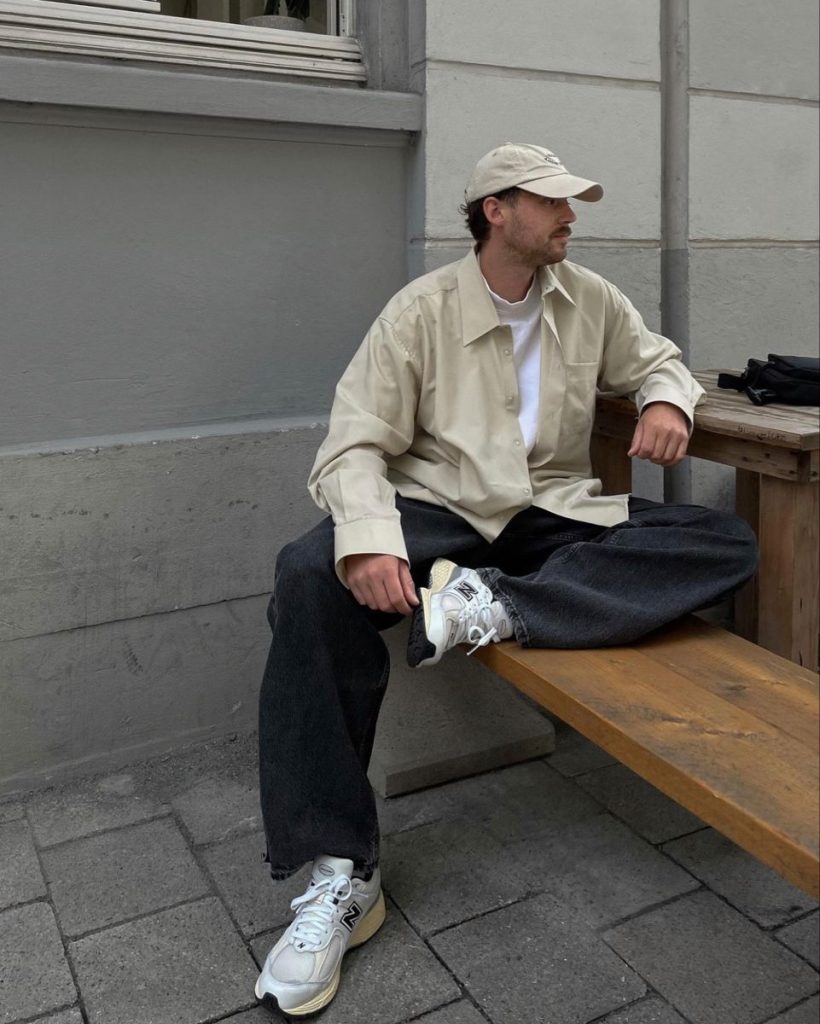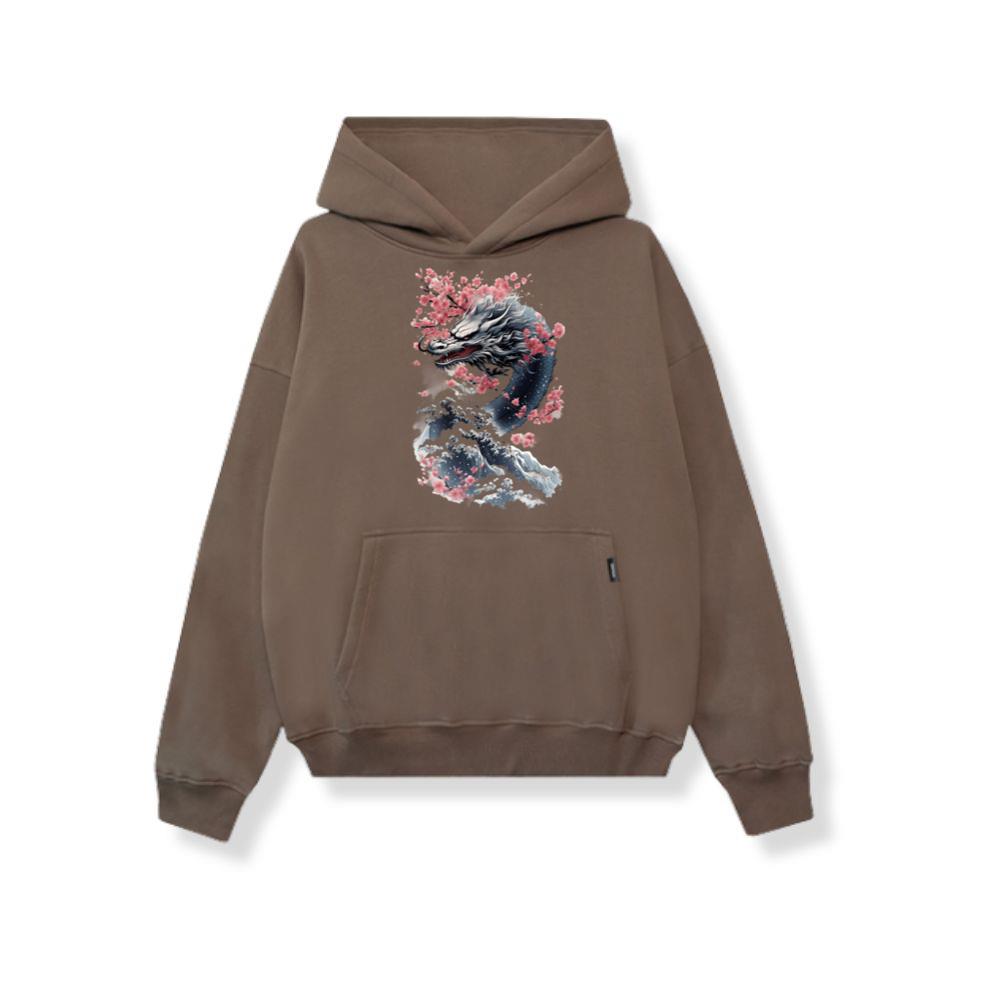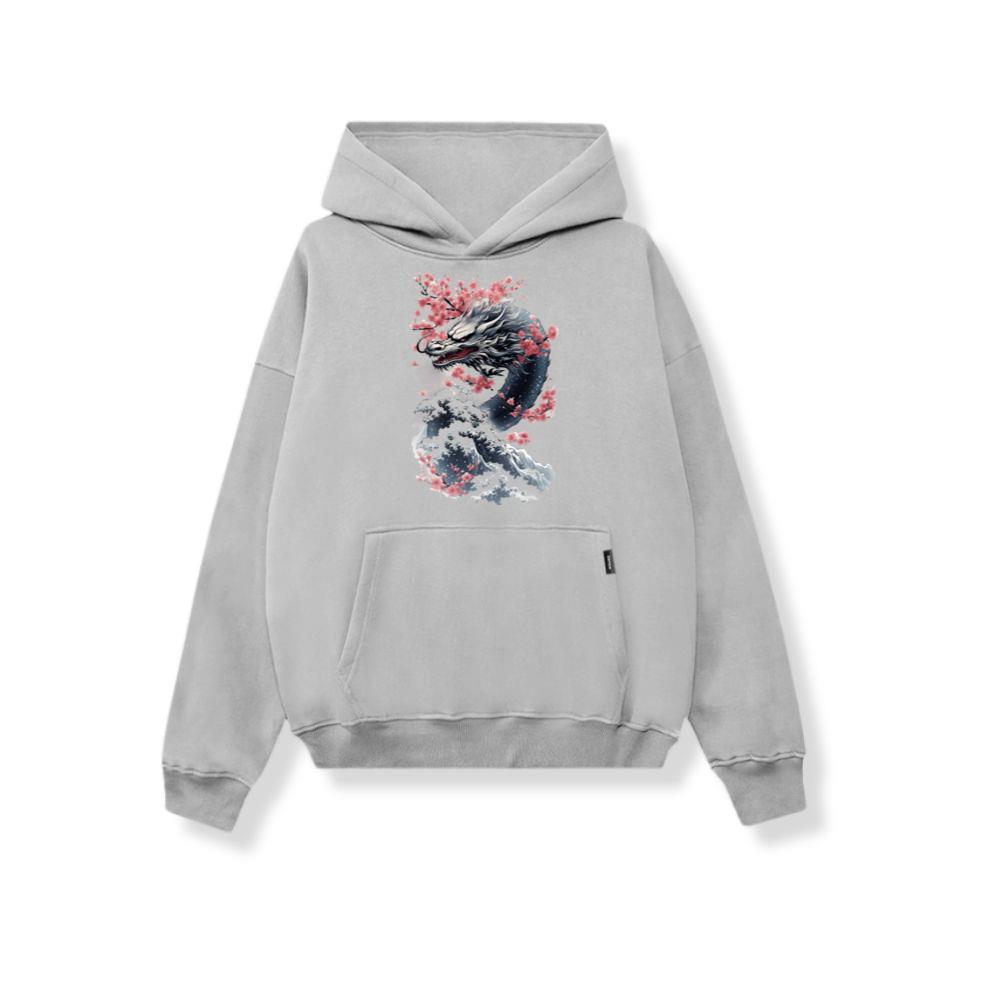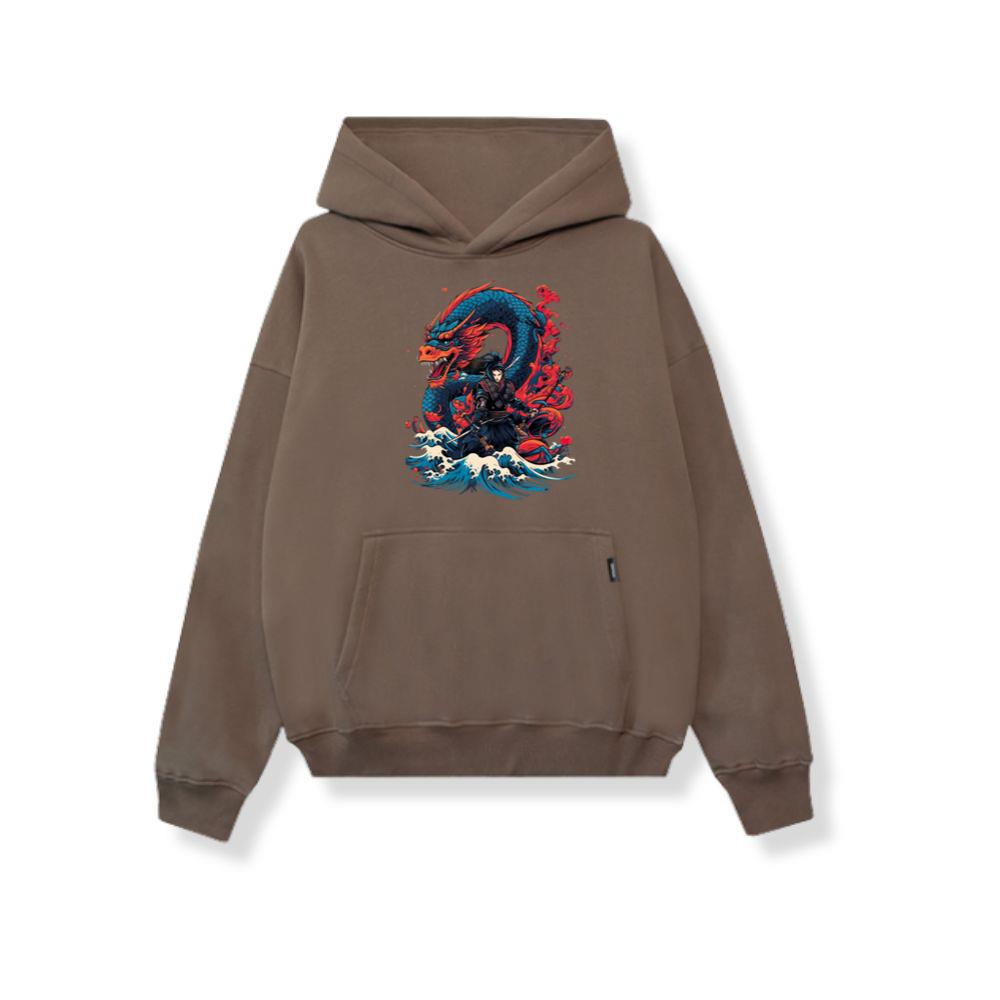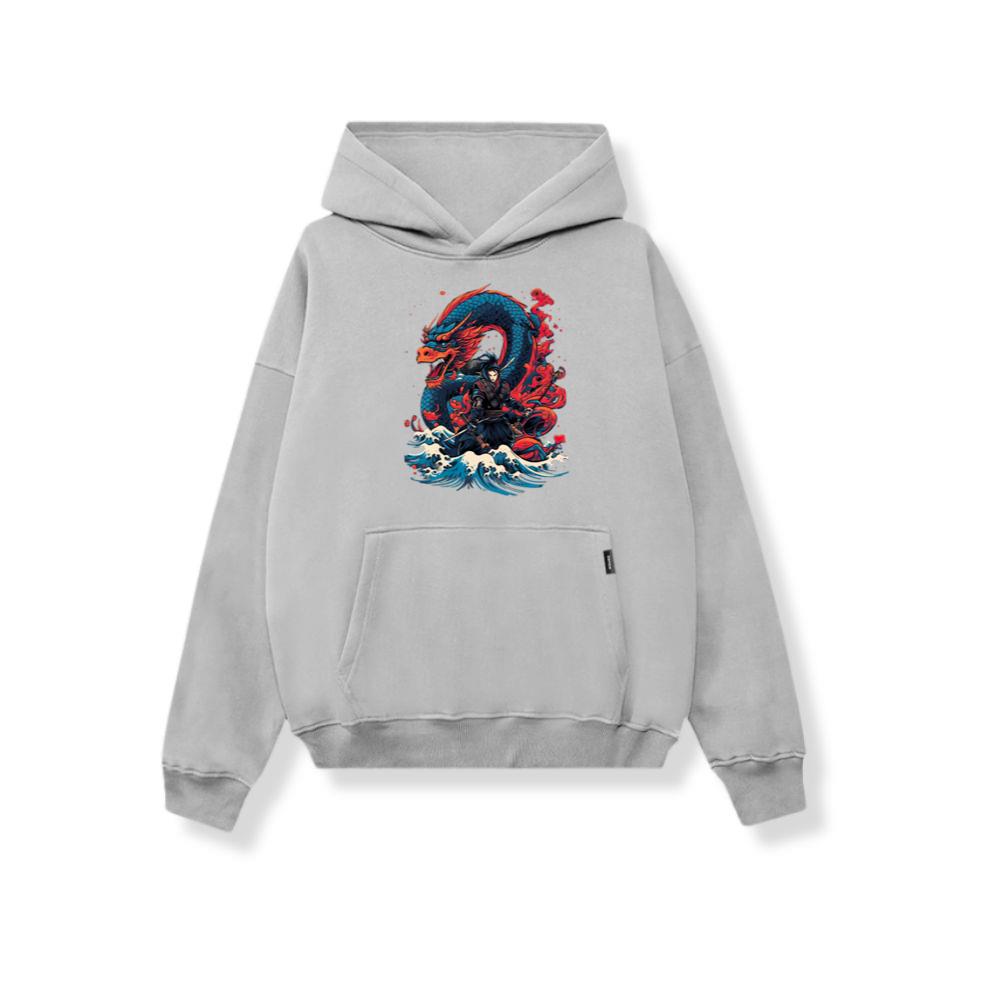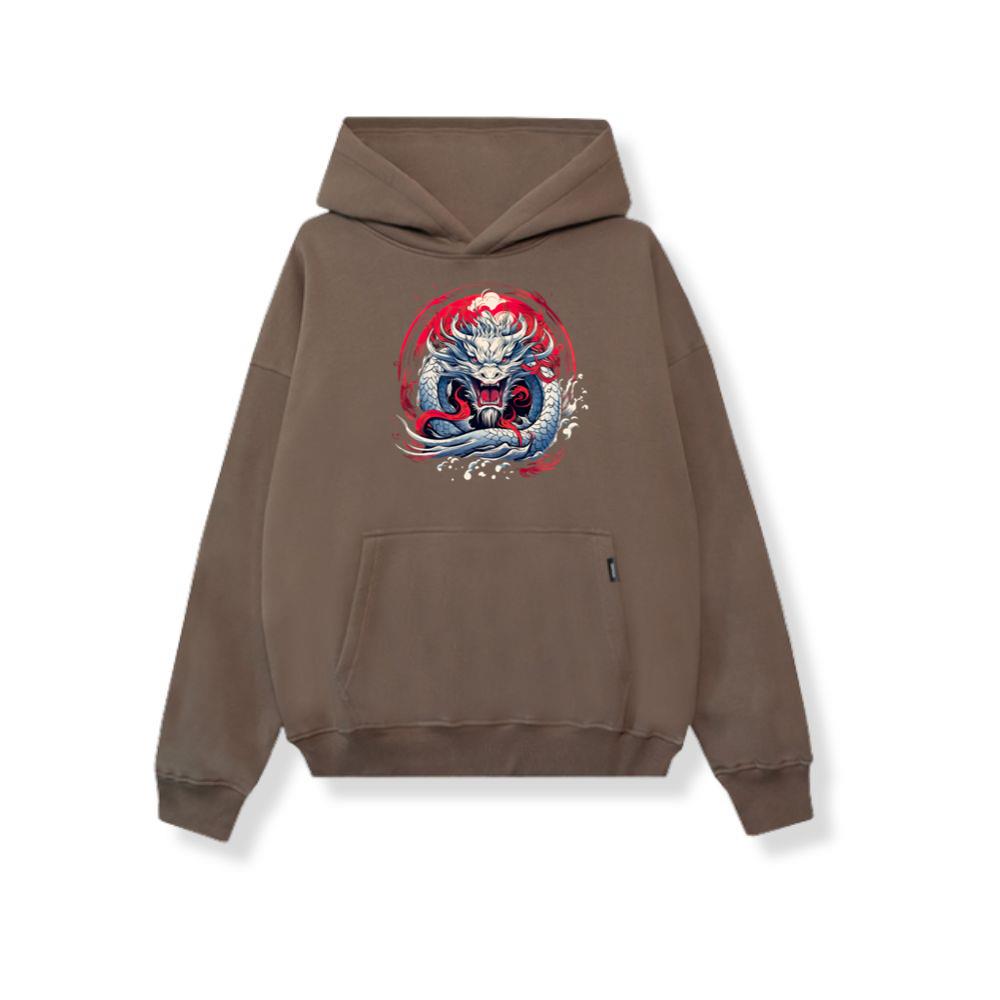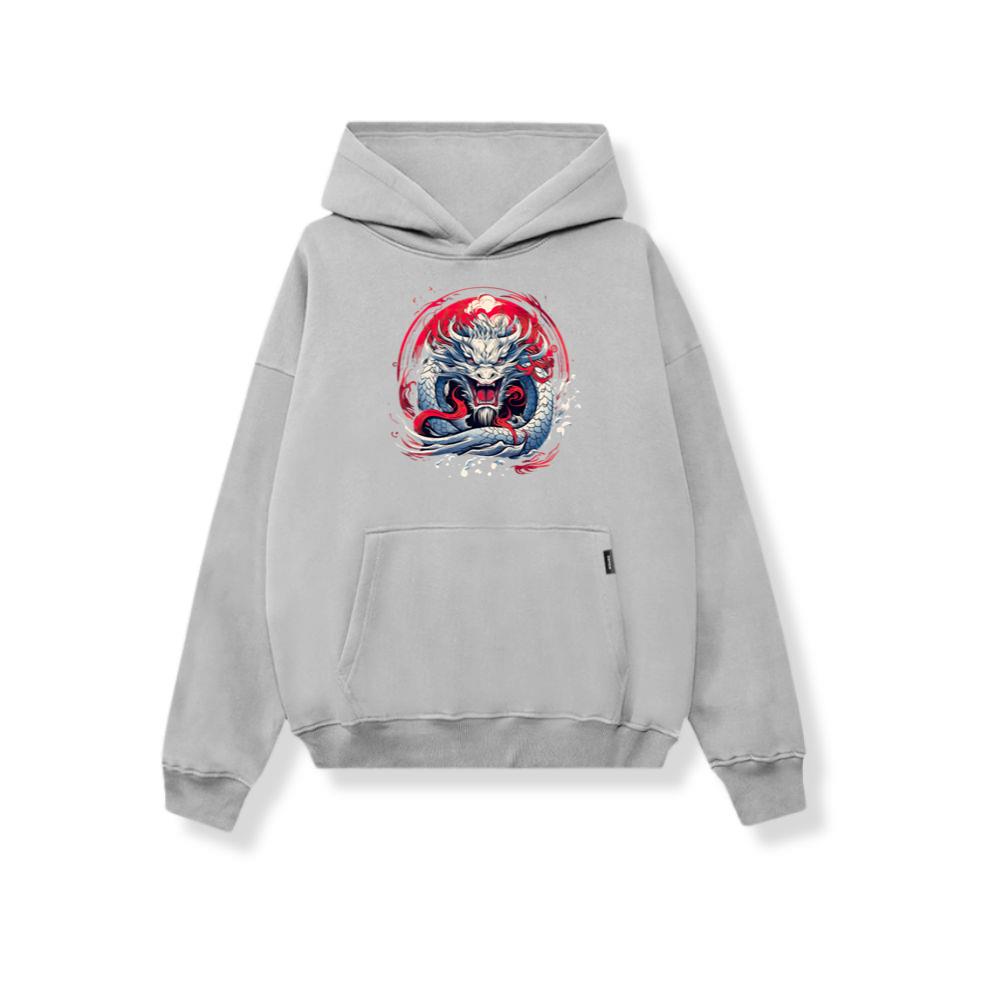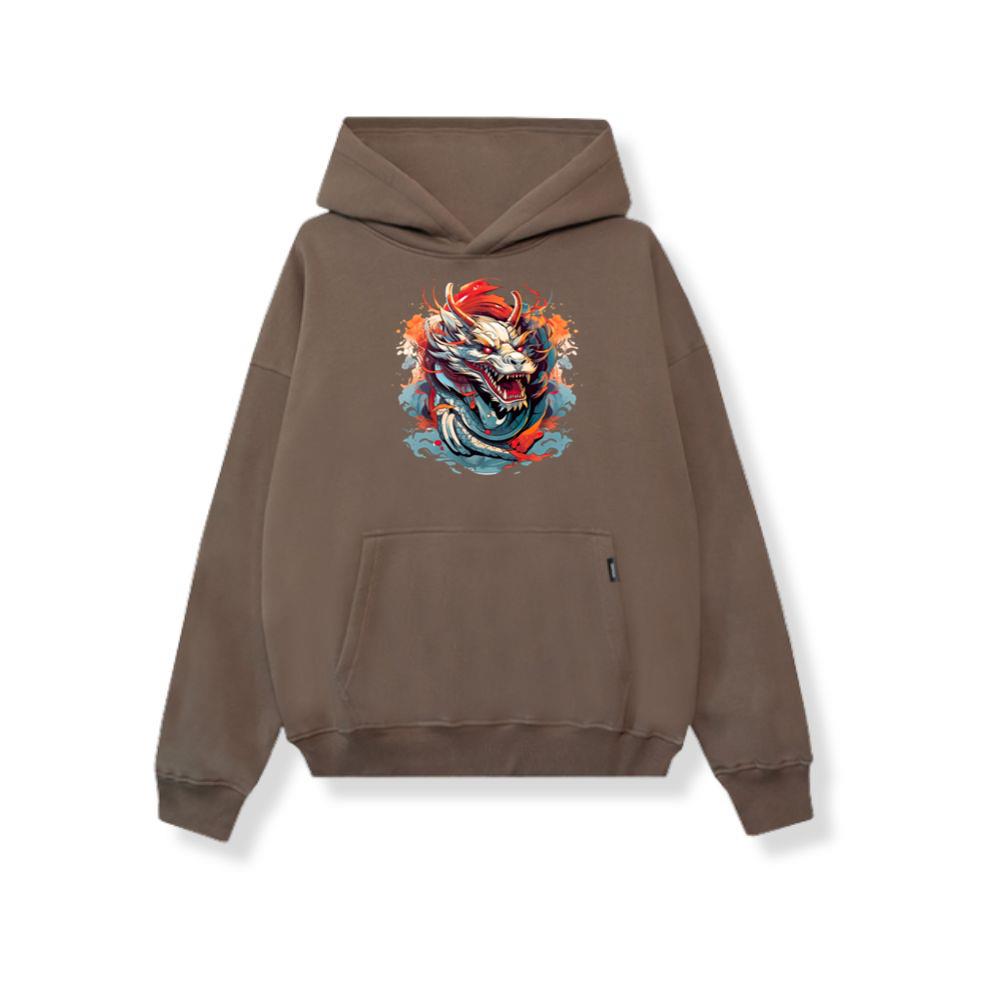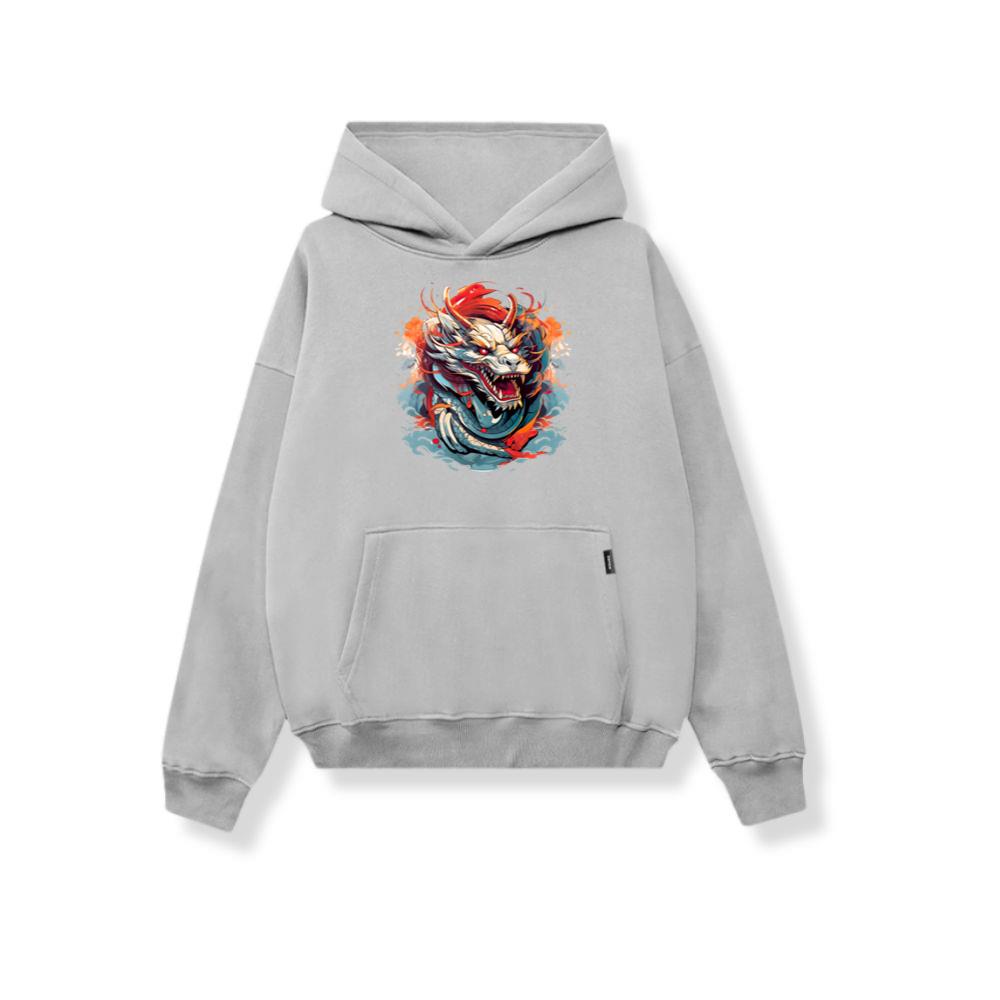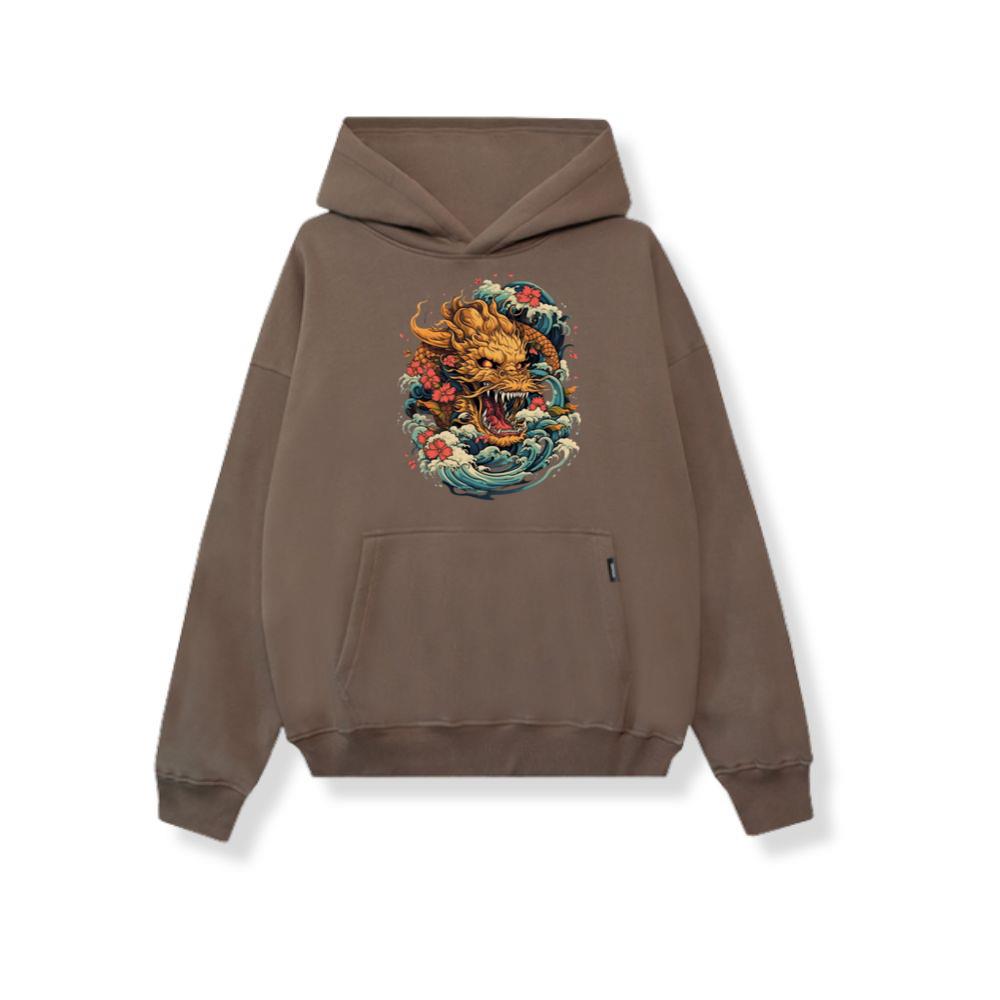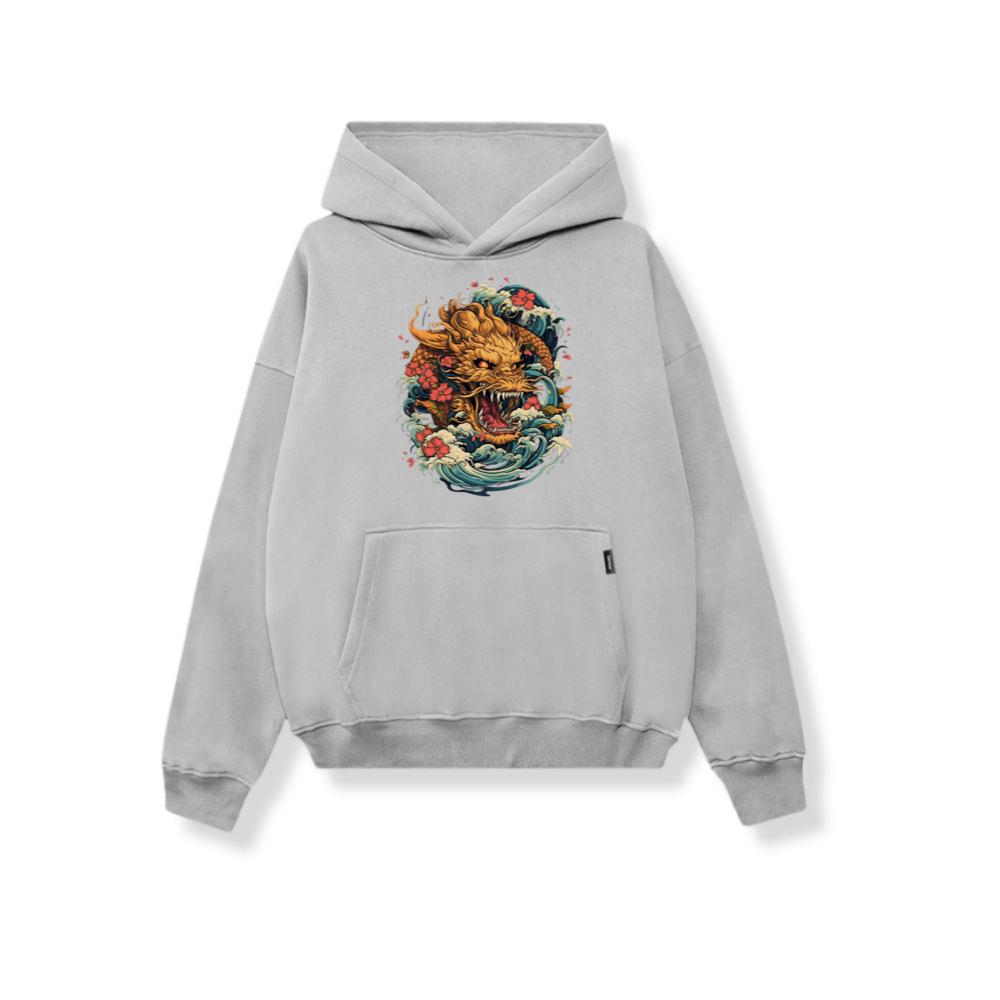Introduction: Fashion as a Living Companion
In the evolving world of fashion, a new concept is beginning to take root, one that transcends traditional ideas of wardrobe design. This idea revolves around garments that are not static objects but dynamic creations capable of adapting to the changes of the body and the environment. “Living Layers: Clothing That Grows With You” captures the spirit of this transformation, where apparel is no longer merely a covering but a responsive companion. The notion challenges the very foundation of how people perceive their relationship with clothing, inviting us to imagine a future where fashion evolves alongside its wearer.
The conventional cycle of buying, wearing, and discarding has long dominated consumer behavior, creating a pattern of waste and disposability. Living layers offer a different vision—garments designed to accompany individuals through shifting stages of life, changing seasons, and varying circumstances. This concept merges the art of design with the science of adaptability, suggesting that clothing can be resilient, flexible, and enduring without sacrificing beauty. As this movement gains attention, it has become a powerful symbol of how fashion can embody innovation, sustainability, and personal identity in equal measure.
The Concept of Clothing That Evolves With Time
At the core of living layers lies the belief that garments should not remain static but instead evolve through time. Designers working in this field reject the notion of rigid sizing and short-term wear. Instead, they embrace materials and construction techniques that allow garments to expand, contract, and shift depending on the needs of the wearer. This approach transforms clothing into a dynamic entity capable of reflecting personal growth and physical change.
Imagine a dress that lengthens as a child matures, a jacket that reshapes itself to accommodate the fluctuations of adulthood, or trousers that alter their fit without losing their elegance. Such possibilities redefine the meaning of durability, placing emphasis on longevity and adaptability rather than replacement. This design philosophy represents not only a technological advancement but also an emotional connection, as garments become companions in the journey of life rather than disposable products.
The Science of Adaptive Materials and Responsive Design
The realization of clothing that grows with its wearer depends heavily on the development of advanced textiles. Materials infused with stretch, shape-memory polymers, and smart fibers create the foundation of adaptive design. These fabrics respond to movement, temperature, and even biological signals, ensuring garments remain comfortable and functional in any context. Designers explore layering techniques where multiple fabrics are interwoven, creating pieces that shift seamlessly between fitted and relaxed states.
Beyond textiles, construction methods play a vital role. Hidden pleats, expandable seams, and modular fastenings provide garments with the ability to transform their silhouette. These design elements, when combined with innovative materials, enable clothing to accommodate gradual physical changes without appearing altered or worn. The harmony between science and artistry in this domain demonstrates how fashion can evolve from static adornment into a living structure, always attuned to the rhythm of life.
Redefining Beauty Through Adaptability
Traditional fashion has long associated beauty with precision, symmetry, and perfect tailoring. Living layers challenge this perspective by suggesting that true elegance lies in adaptability. A garment that grows with its wearer carries a different kind of charm, one rooted in resilience and transformation. The ability to remain stylish while adapting to new forms conveys a sense of sophistication that is not dependent on perfection but on flexibility.
This redefinition of beauty resonates with contemporary culture, where inclusivity and individuality are celebrated. Instead of forcing bodies to conform to rigid sizes, adaptive clothing embraces the natural fluidity of human shape. The wearer no longer needs to mold themselves to fit the garment; instead, the garment reshapes itself to honor the individuality of the wearer. This shift transforms the language of fashion, replacing exclusivity with accessibility and permanence with evolution.
Historical Precedents of Transformative Garments
Although living layers represent a futuristic vision, the idea of adaptable clothing is not entirely new. Historical garments often reflected practicality and transformation, particularly in eras when resources were scarce. Corsets, adjustable lacing, and wrap garments offered flexibility long before modern fabrics were invented. Children’s clothing in certain periods was intentionally designed with room to grow, ensuring extended wear despite rapid physical changes.
These historical precedents remind us that adaptability has always been part of the fashion narrative, though often overshadowed by decorative excess or fleeting trends. The difference today lies in the sophistication of modern materials and the intentionality behind design. Where older garments adapted out of necessity, living layers embrace transformation as a deliberate aesthetic and ethical choice. By looking at history through this lens, we can better understand how the future of adaptive fashion draws strength from both tradition and innovation.

